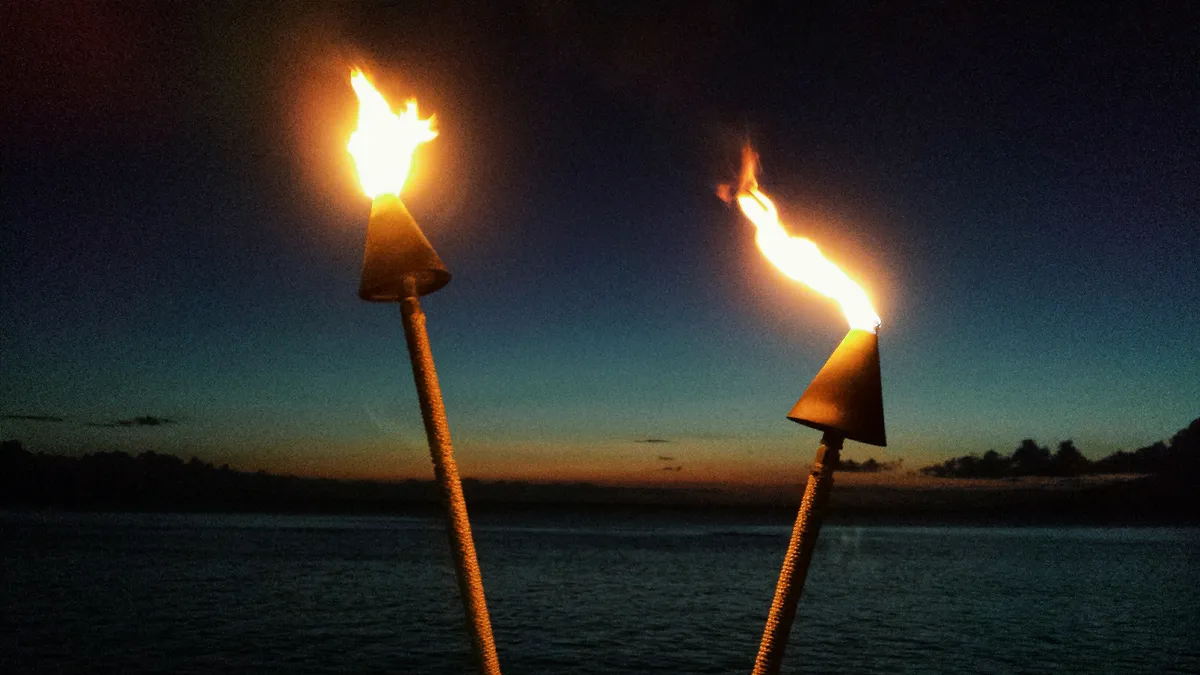Dive Brief:
- Hawaiian Electric Cos. (HECO) has filed a final Grid Modernization Strategy with state regulators, laying out its plan to build a more resilient grid while meeting the state's 100% renewables by 2045 mandate.
- HECO estimates it will cost $205 million to update the energy networks of Hawaiian Electric, Maui Electric and Hawaiʻi Electric Light over the next six years.
- That's unchanged from the company's draft proposal filed earlier this summer, and significantly lower than the $340 million plan the Hawaiʻi Public Utilities Commission rejected earlier this year for being too costly. Hawaii already has the highest power rates of any U.S. state.
Dive Insight:
HECO's plan for grid modernizations at its three utilities includes bringing on more renewable resources, both customer-sited and grid-sourced, increasing reliability, and giving customers more control. But in order to lower the price tag, the utilities are proposing a more modest and targeted rollout of smart meters.
As part of work that will be done in the near-term, HECO said it will execute the "distribution of smart meters strategically rather than system-wide, i.e., to customers with private rooftop solar on saturated circuits and customers interested in demand response programs, variable rates or electricity usage data."
HECO also noted work being done on advanced inverter technology to enable greater rooftop solar adoption, expanded use of voltage management tools, particularly on circuits with heavy solar penetration, and enhanced outage management and notification technology.
The voltage management tools aim to maximize circuit capacities for private rooftop solar and other customer resources. HECI s also expanding the use of sensors at other points on the grid and automated controls at the
substation and neighborhood circuit level.
Looking further out, HECO said its strategy is to "continue to evolve the grid as a platform," to strengthen customer choice, economic development in the state, and "smart communities" efforts that rely on robust data and energy management systems.
Overall, the plan will help the five islands served by HECO achieve a renewable portfolio standard of 48% by 2020 and ultimately 100% by 2045. Meeting that goal will require a combination of both customer-owned distributed resources as well as larger grid-scale resources, the utility said.
The utilities' vision is to use "advanced technologies to modernize the existing grid into a state-of-the-art cyber-physical platform" that allows the integration and optimization of customers’ resources through distributed energy resources and demand response programs.
"A smart power grid can be a catalyst for economic development and sustainable communities," HECO wrote in its plan.
It remains to be seen how the Hawaii Public Utilities Commission will rule on it. Regulators sent HECO back to the drawing board in January after rejecting its grid modernization plan, saying it needed to integrate more renewable energy.
At the end of 2016, about 26% of Hawaiian Electric’s customers’ electricity was sourced from renewables. Customer-owned solar power was the largest contributor at 34% of the renewables total, followed by wind, 29%, and biomass at 19%. On the Big Island of Hawaii, renewables accounted for 54% of customers’ needs and on Maui and Molokai, it was 37%.















